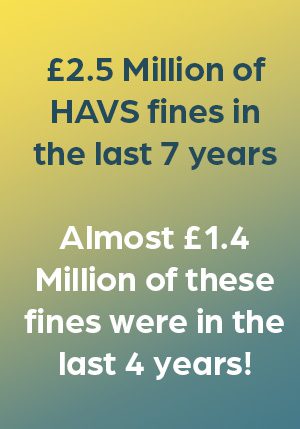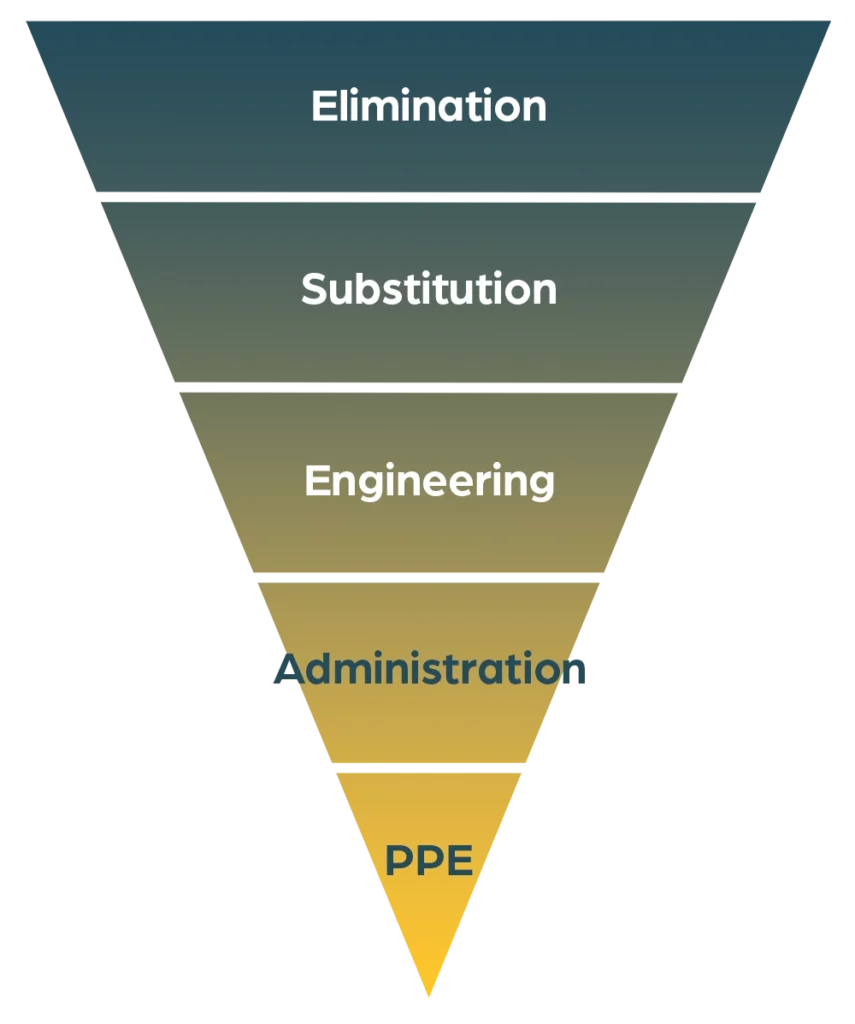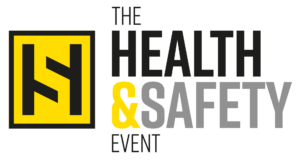The cost of HAVS mismanagement is layered and variable, so let’s unpack it and see exactly what it is going to cost your business to turn a blind eye and not act when you should. And don’t forget, there is a cost to a paper-based system in the form of time it takes to record the data each day and the time, space and cost required to store all those endless paper forms.
Let’s look at the obvious financial cost first – although this may not be that obvious when we break it down…
There are 3 main sections of financial cost when you don’t put the correct HAVS risk management tactics in place:
- Fines
- Legal costs
- Compensation claims
Let’s look at these in a little more detail.
Fines
Essel Acoustics, a specialist consultancy in occupational noise, hand arm vibration and whole body vibration assessments, recently highlighted that there has been a staggering £2.5 Million of HAVS fines in the last 7 years. And almost £1.4 Million of these fines were in the last 4 years!
Let me reiterate that this figure is only the amount of FINES in the last 7 years, this figure does NOT include legal costs or further civil compensation claims.
Recent fines include £50,000 for Lancaster County Council in May 2022 and £200,000 for PSV Glass and Glazing Limited in late 2021, and going a little further back, there have been fines of £600,000 for Places for People in 2019 and £500,000 for Balfour Beatty in 2018. These are just a snapshot of the headline grabbing fines that have been issued following successful prosecutions by the HSE for HAVS infringements. You can find a full list of prosecutions on the HSE website.

These fines are not small amounts and, even for large organisations such as Places for People and Balfour Beatty, will have a significant impact on a business’s ability to function. Just let some of those numbers sink in for a second…. Now compare them to the cost of implementing a system that will bring you inline with the regulations such as HAVSPRO.
The cost of the fine resulting from a successful conviction for infringing the Control of Vibration at Work Act 2005 will depend on the specific elements of the case but the common themes that push the fine amounts up are;
- Inadequate risk assessment measures/processes or insufficient action resulting from them
- Improvement notices that were either ignored or not sufficiently acted upon
- RIDDOR reports of cases of HAVS/White finger/Carpal Tunnel Syndrome or a lack of reporting these cases via RIDDOR that are later uncovered
- Insufficient or inadequate actions taken to eliminate or reduce to as low as reasonably practicable (ALARP) vibration exposure
The Control of Vibration at Work Act 2005 clearly states that a risk assessment process must be in place and actioned when humans are exposed to hand arm vibration. If these risk assessments are insufficient or not acted upon, the HSE may look to issue improvement notices and will return to check that improvements have been made. However, they won’t always issue improvement notices. If the risk assessment process is putting people at serious risk, they may move directly to prosecution.
Not adhering to a proper, sufficient risk assessment processes, as set out by the HSE, will lead to HAVS fines sooner or later. And they will be significant, relevant to turnover.
This brings us nicely onto improvement notices. Following a HSE inspection, it is common for the HSE to issue improvement notices to highlight areas of risk or concern. These notices will usually give a fixed timescale for the employer to make the required improvements. If these are ignored or not fully or sufficiently implemented, the HSE may look to prosecute, and fines could follow!
If an organisation works with the HSE to make the required improvements, or can evidence that changes are coming, the HSE will continue to work with that organisation to support the changes required.
 The purpose of the HSE is not to prosecute and fine organisations without just cause. Their role is to protect as many employees from health and safety risks as possible. So, if you are issued with an improvement notice, for any health and safety breach, take it seriously! It is your last chance to take action before you are prosecuted and liable for fines, costs and claims.
The purpose of the HSE is not to prosecute and fine organisations without just cause. Their role is to protect as many employees from health and safety risks as possible. So, if you are issued with an improvement notice, for any health and safety breach, take it seriously! It is your last chance to take action before you are prosecuted and liable for fines, costs and claims.
The HSE are also obliged to act on any reports to RIDDOR of cases of HAVS or associated health issues. This is normally in the form of an inspection to determine if the risk of vibration is being managed within the regulations and if there are adequate measures in place to eliminate and reduce (to ALARP) the risk of vibration exposure.
If the HSE inspects your premises and finds you haven’t reported cases of HAVS or any other HAVS related health conditions or incidences of tingling in the fingers etc., they can bring a prosecution against you, as was the case with Lancaster County Council earlier this year.
Another topic the HSE will look for evidence of is the elimination or reduction (to ALARP) of vibration exposure. We have previously written about the use of the Hierarchy of Controls in eliminating and reducing to ALARP the risk of vibration exposure and this is the system the HSE will be looking for you to have considered and implemented.
Legal Costs
Legal costs are in addition to any fines you will receive if found guilty of regulatory infringements and can mount up. When an organisation is found guilty of a regulation breach, they are liable for the legal costs of the case. Examples of this include £10,000 legal costs for Lancaster County Council and £11,120.04 for PSV Glass and Glazing Limited in addition to the fines outlined above.
Legal costs can mount up and add to the overall cost of a prosecution, but don’t forget to factor in the cost of the time it is going to take for your business to prepare for legal preceedings as you evidence your defence.
Don’t forget to account for legal costs, and the time it takes to defend a case, when calculating the true cost of a HAVS prosecution for not adhering to The Control of Vibration at Work Act 2005.
Compensation claims
These are made by individuals, through the civil courts, against the employer, or the organisation for whom they were carrying out the work on behalf of when their injuries occurred. And are ALSO in addition to fines and legal costs.
REMEMBER: It is the responsibility of the organisation for whom the work is being carried out on behalf of, to manage the risk of HAVS under The Control of Vibration at Work Act 2005.
Compensation claims can be sizable, depending on the amount and severity of damage the person has received. The severity of a HAVS related health issue is increased due to the irreparable nature of them. The fact that they affect your hands and arms and significantly affect the person’s ability to lead a normal life will increase the value of any compensation claim brought against an employer.
Thompsons Solicitors, together with UNISON, won £262,000 compensation for Adrian Bideau, a Norfolk roadworker, forced out of his job at 25, due to his developing hand, arm vibration syndrome (HAVS) and Carpel Tunnel Syndrome as a result of using vibrating tools such as breaker packs, whacker plates and saws.
Whilst this was believed to be one of the largest claim amounts, and other HAVS-related claims have been for less, the range of claims the Judicial College gives as a guide is from £2,390 to £30,630 depending on the type and severity of injury.
The Human Cost of HAVS Mismanagement
 HAVS-related health conditions are irreversible and typically affect fingers, hands and arms. This can range from white fingers, tingling and a loss of circulation and sensation, through to diagnosed Hand Arm Vibration Syndrome (HAVS) and into Carpal Tunnel Syndrome and Dupuytren’s Contracture.
HAVS-related health conditions are irreversible and typically affect fingers, hands and arms. This can range from white fingers, tingling and a loss of circulation and sensation, through to diagnosed Hand Arm Vibration Syndrome (HAVS) and into Carpal Tunnel Syndrome and Dupuytren’s Contracture.
The impact of these permanent conditions affects the daily routines of people and in many cases the victims are workers with a young family. This means not only do their personal daily tasks become a painful minefield to navigate, but their interaction with their children and family becomes restricted and frustrating.
Can you imagine not being able to do the zip up on your trousers? Or find it too painful to do the washing up? Or, worst of all, not be able to play with your children or grandchildren because you can’t pick up the small toys they want you to play with? I think we would all agree that this is too high a price to pay for using vibrating hand tools without the risk being managed in line with the legal requirements – don’t be that employer!
Reputation
Another cost of a HAVS prosecution is the negative PR it will generate. Not just in the news per se, but the reputation your company will gain as an irresponsible employer will affect how your customers view you and make it very challenging to recruit staff – who wants to work for a company who doesn’t look after its workers?
So, what is the cost of HAVS mismanagement?
The answer is “much more than it costs to fully manage the risk of HAVS”!
The financial cost is a significant blow for most companies. The fines, the legal costs and the compensation claims, can all be managed and recovered in time, in the most part anyway – consider if your business could recover from the financial costs of HAVS mismanagement.
But then there is the reputational cost to your business – this will be harder to bounce back from.
And, most importantly, there is the human cost of mismanaging the risk of HAVS. Could your business really survive knowing it had caused a family such a painful, disruptive and permanent set of circumstances.
This is why HAVSPRO are leading the campaign to #MakeHAVSHistory.
Find out how you can better manage the risk of HAVS in your business with the HAVSPRO continuous, accurate measuring and monitoring system with our brochure, which you can download below:
Download the HAVSPRO Brochure
Discover how HAVSPRO monitors vibration levels accurately and triggers alerts to protect your staff and organisation against the risks of HAVS and WBV (whole body vibration).
It monitors individual tool vibration levels and the exposure each person has to it.
HAVSPRO then collates all this data and creates customisable reports to help you prevent overexposure.
Find out everything you need to know in our brochure – simply complete the form!
Find out more about HAVSPRO and how it can help you protect your staff and business: 01332 547 148 or you can download our Employers Guide to HAVS


